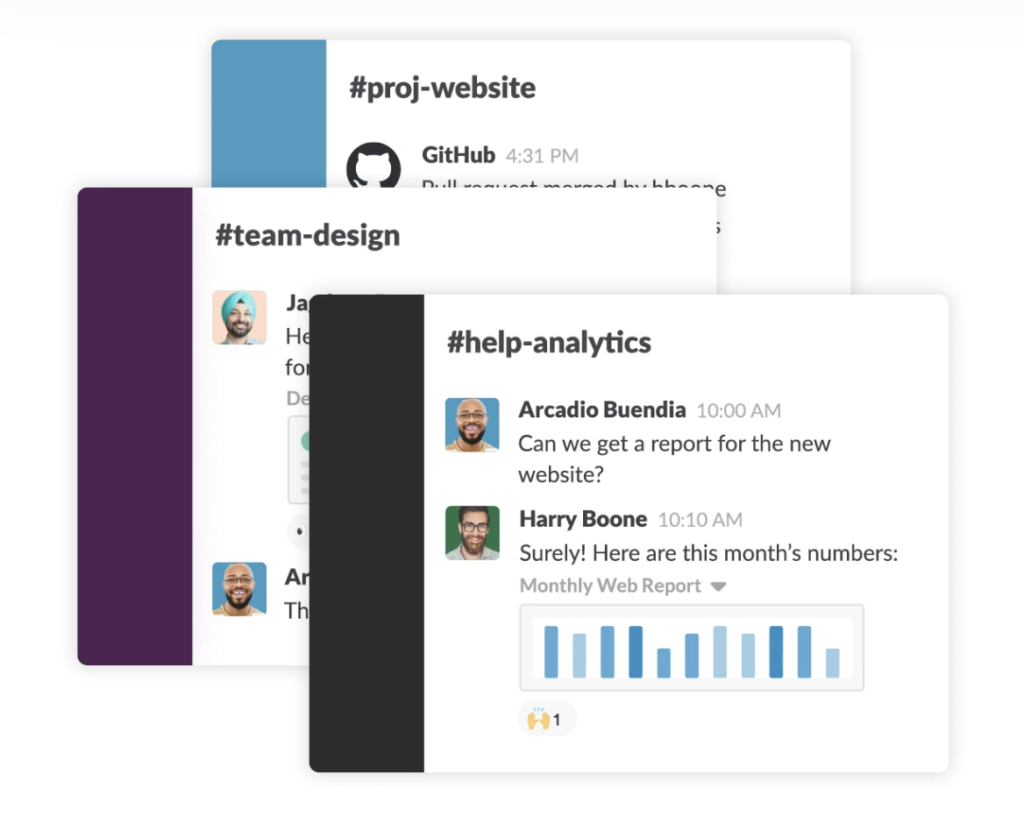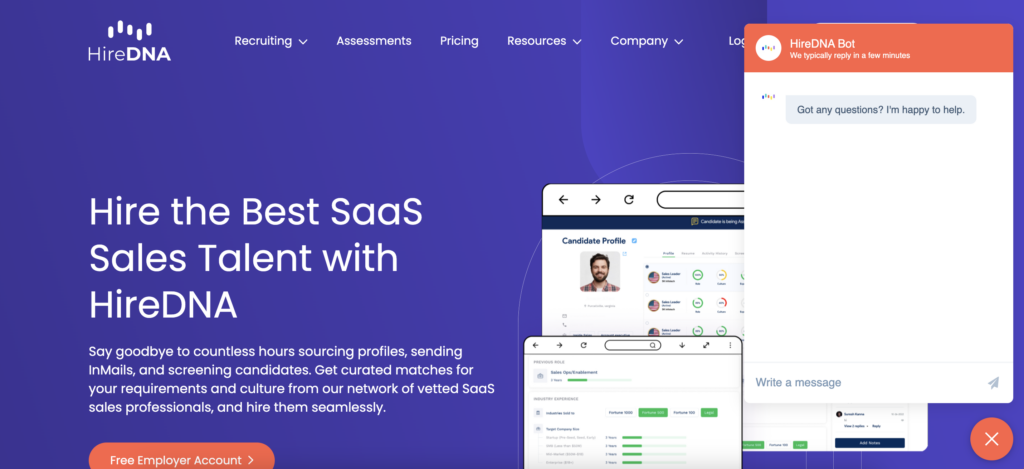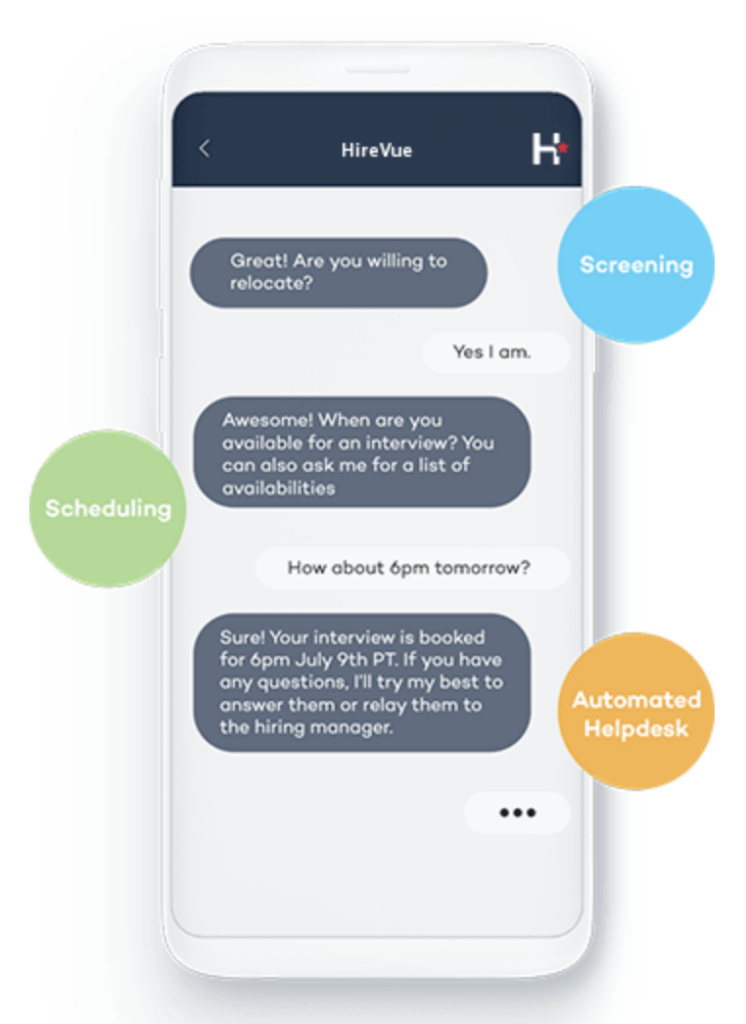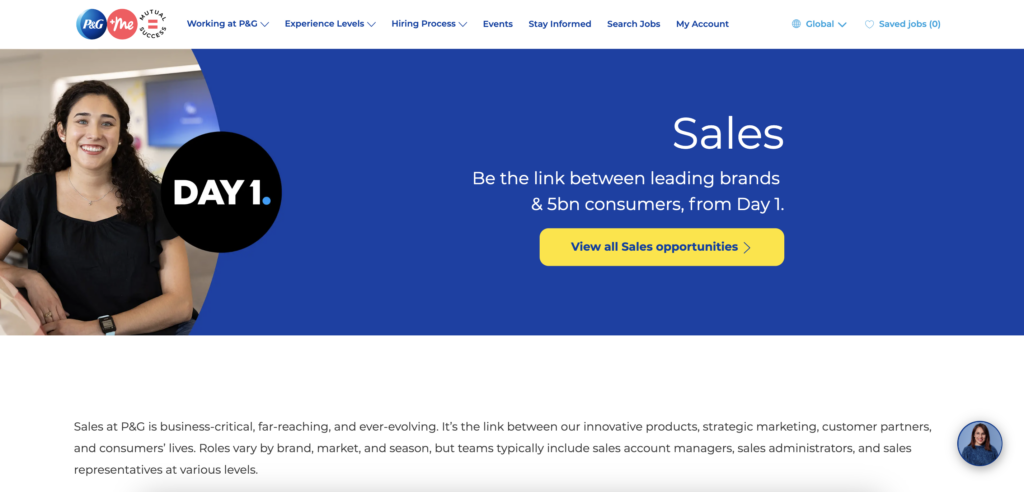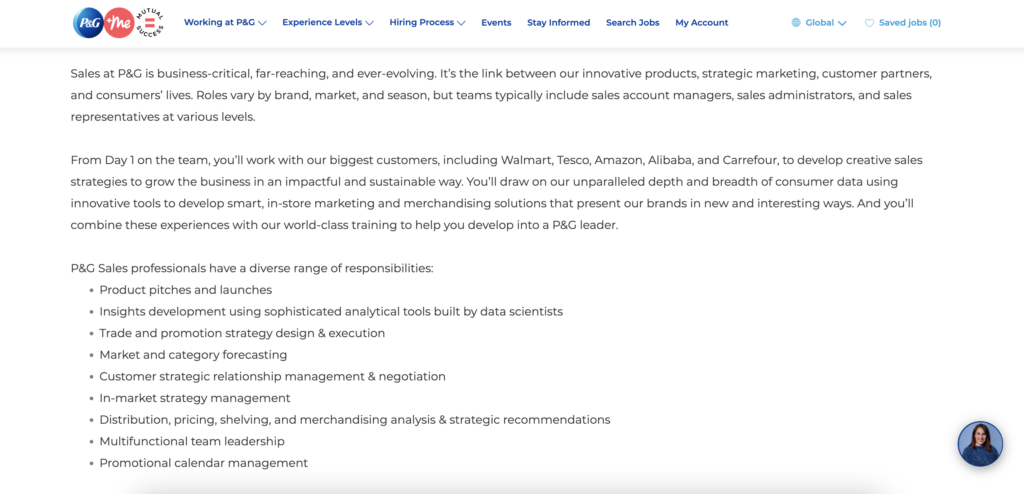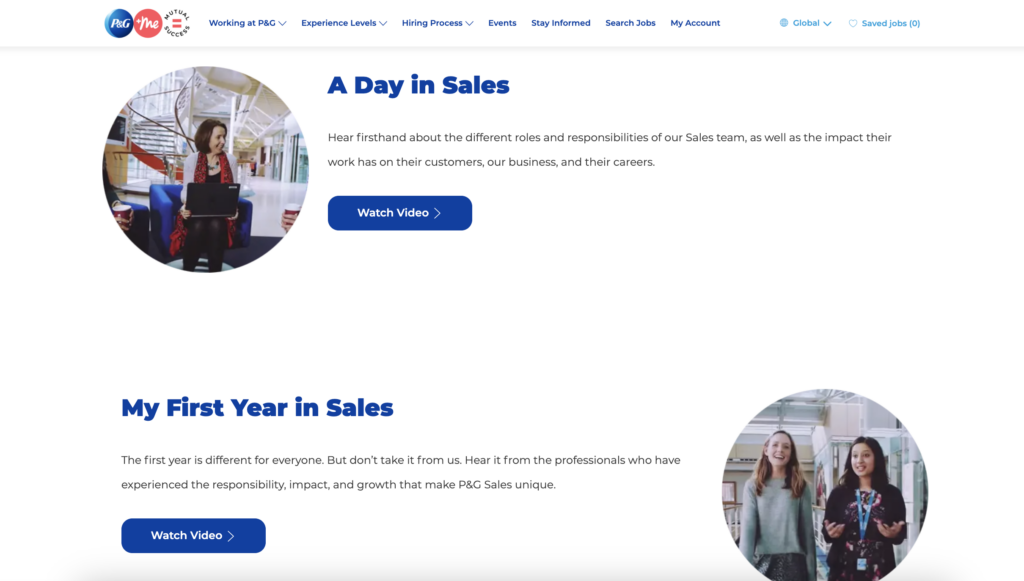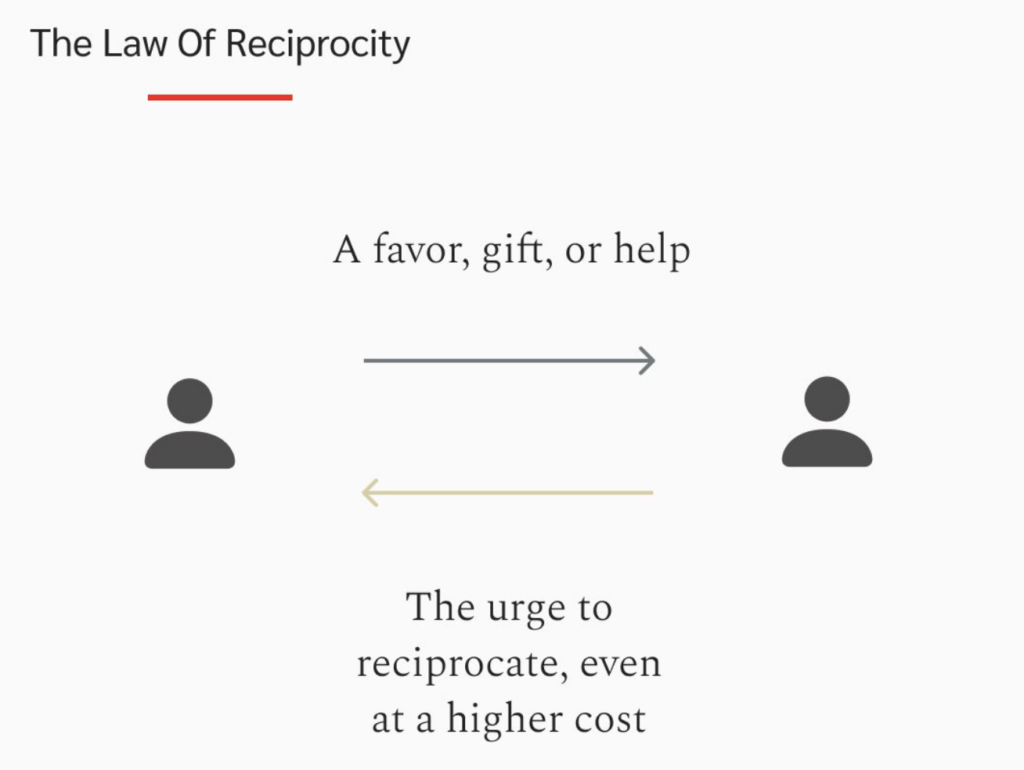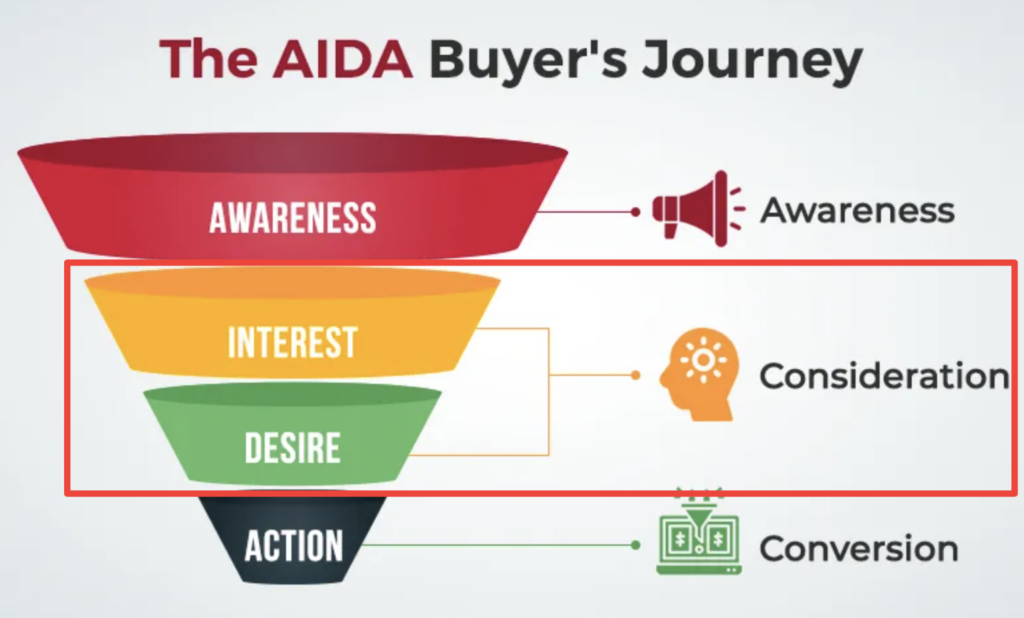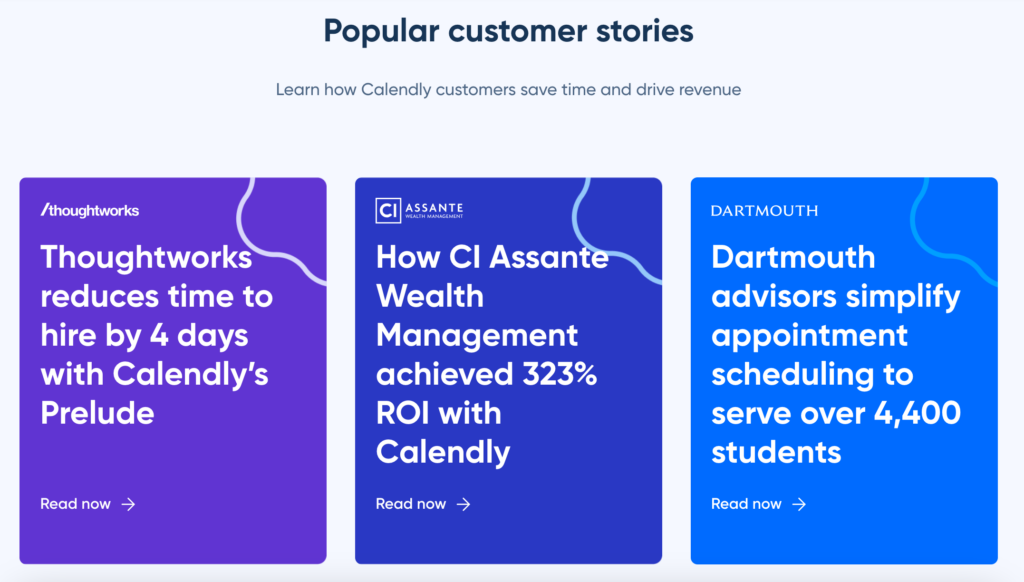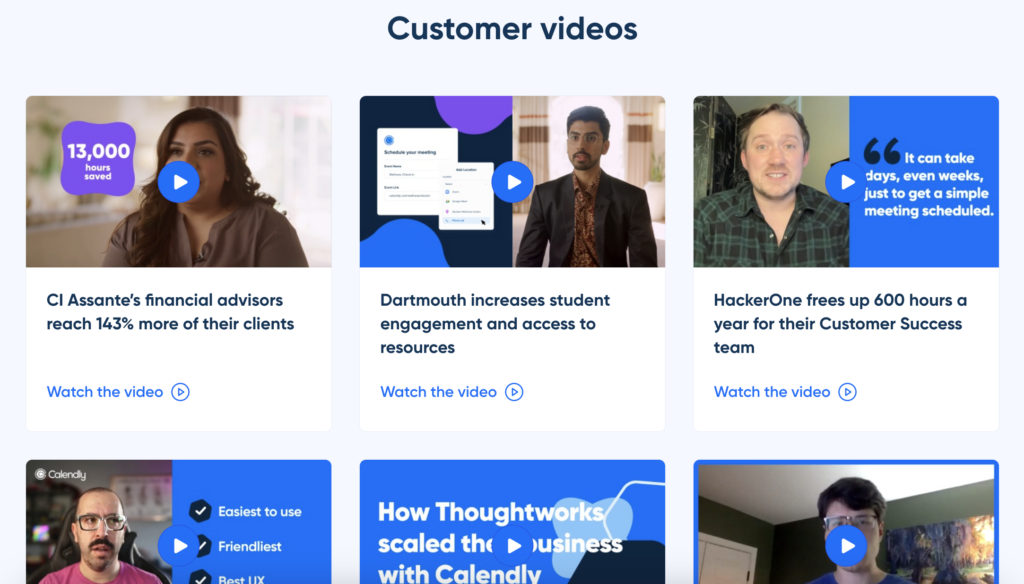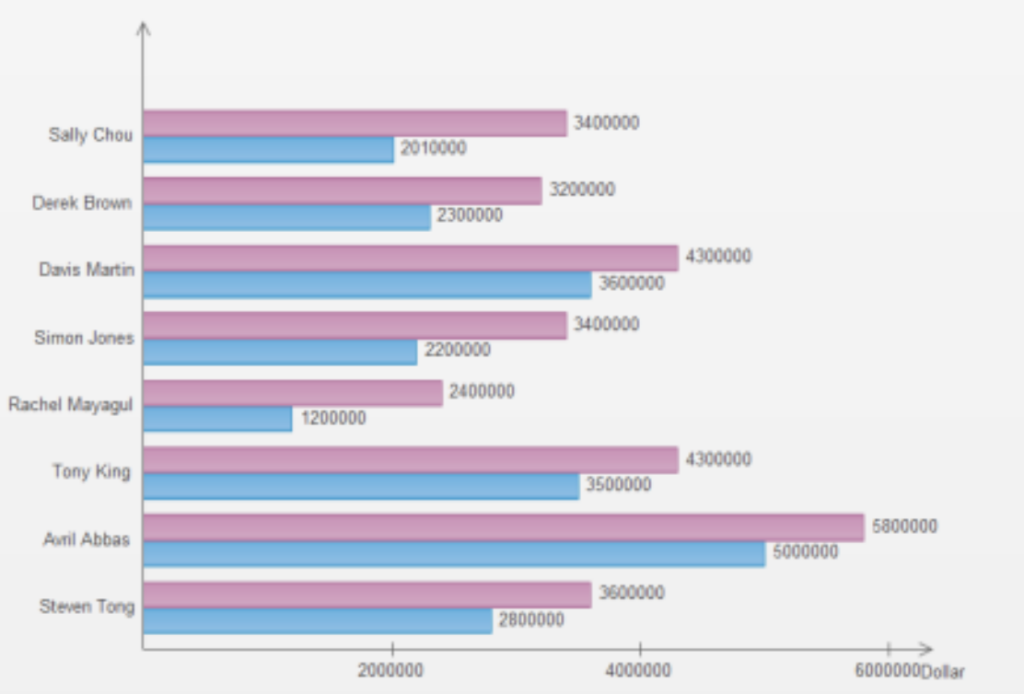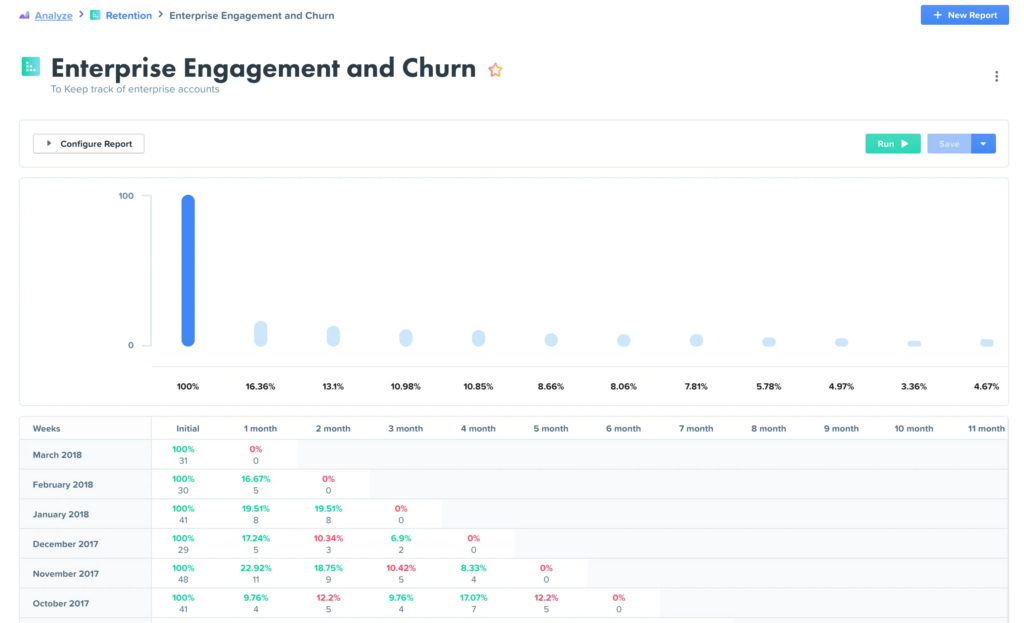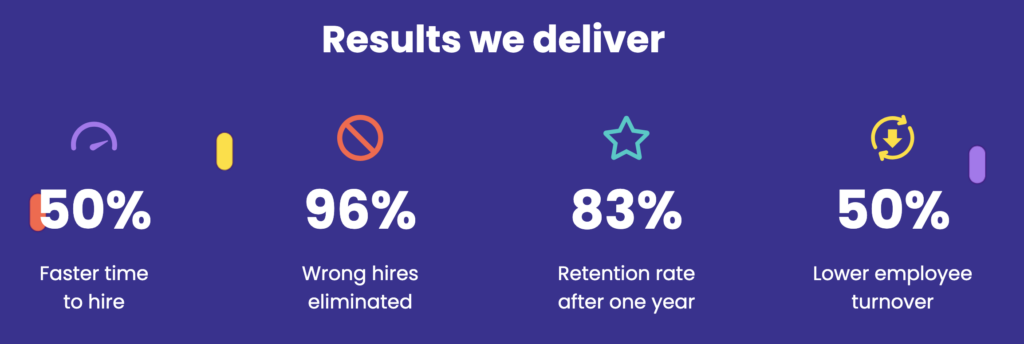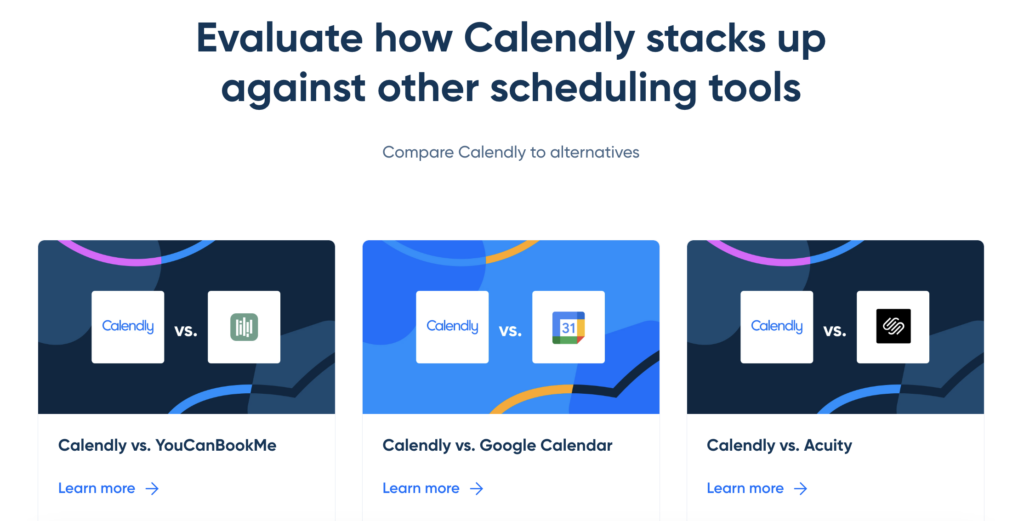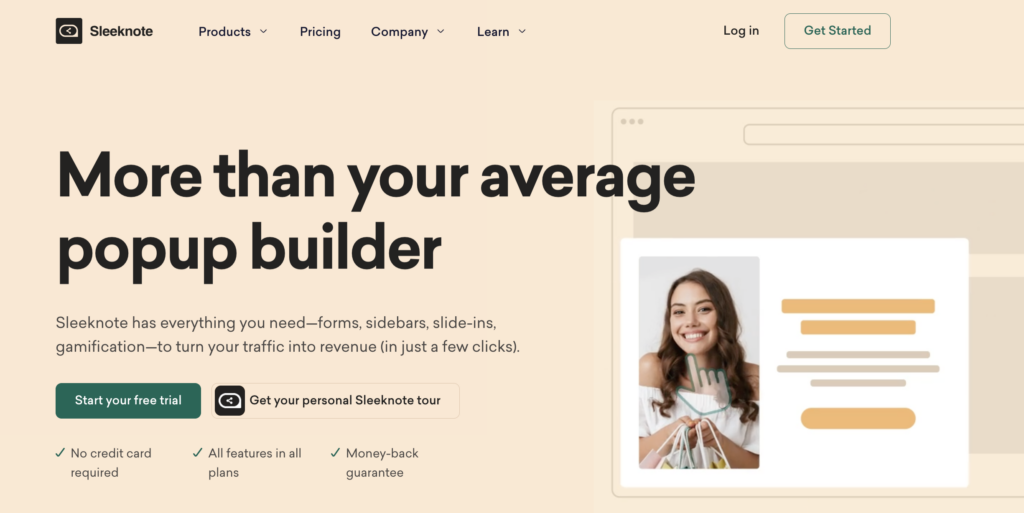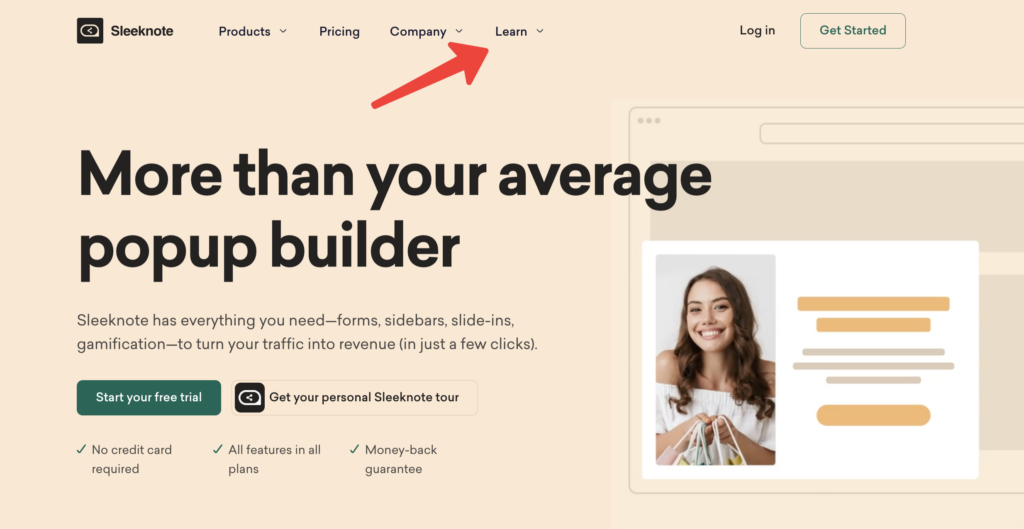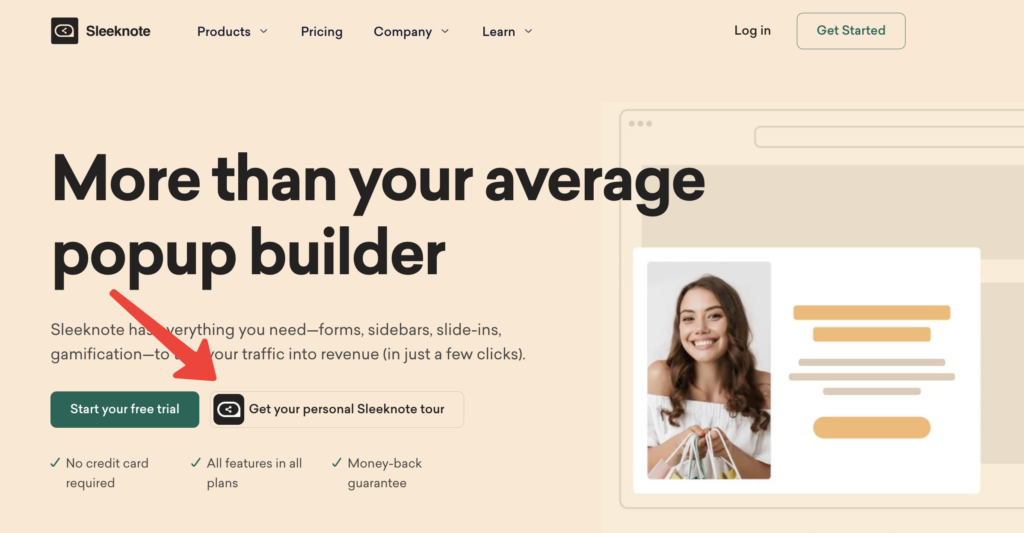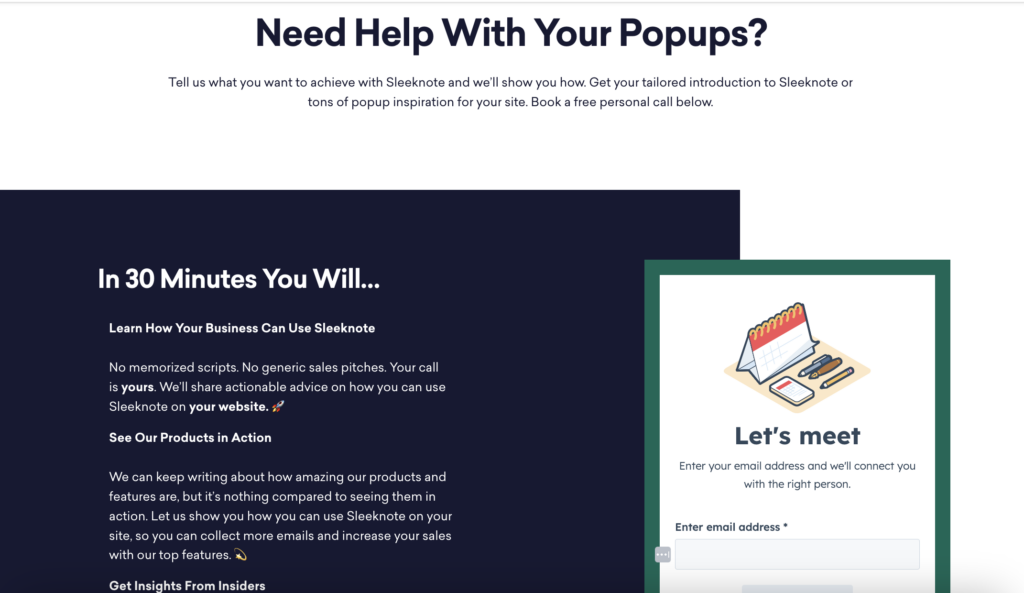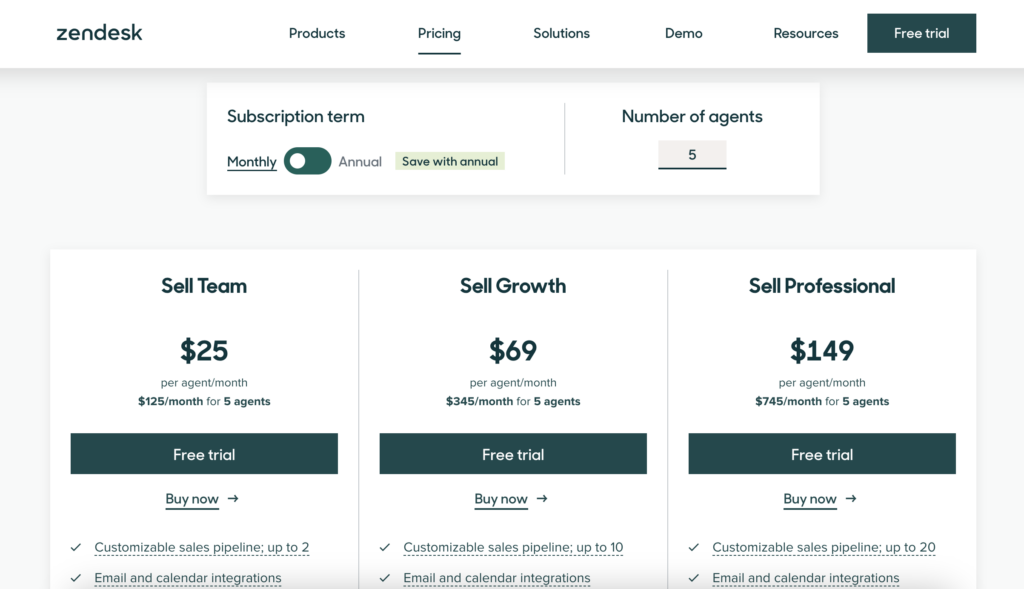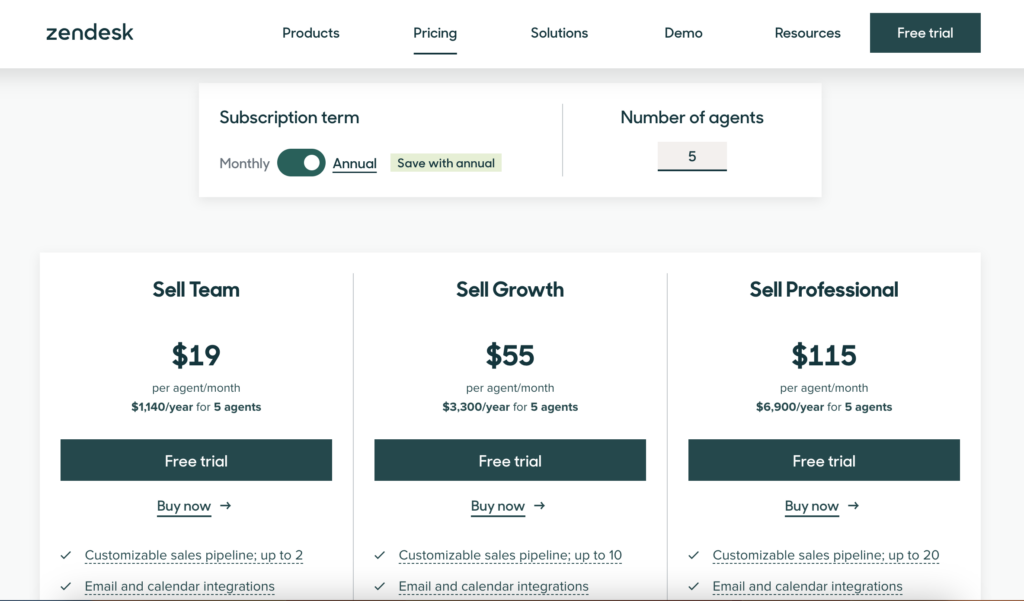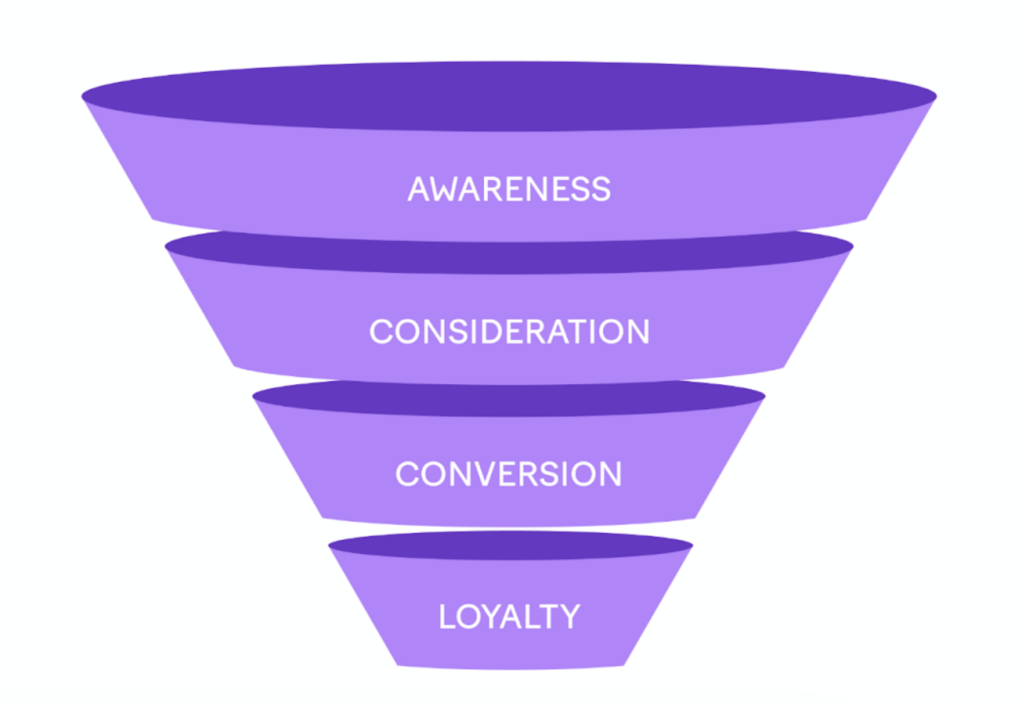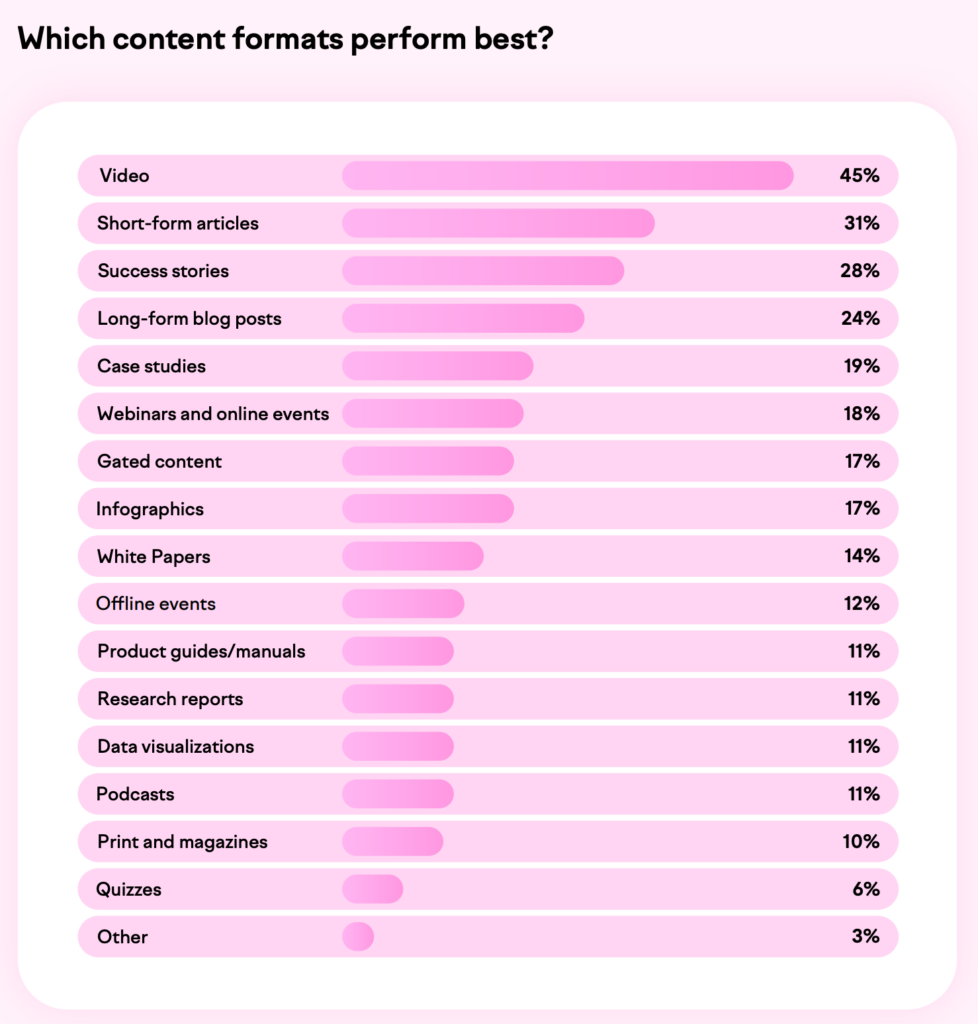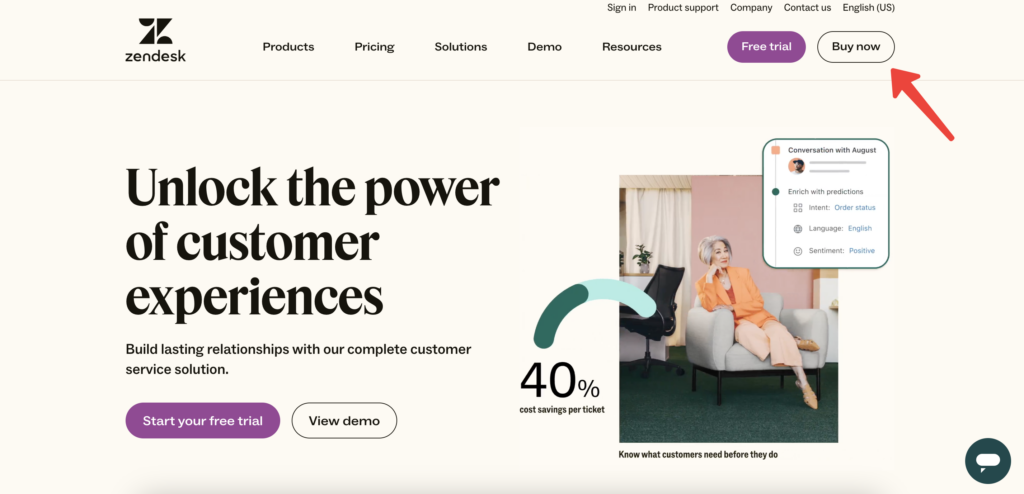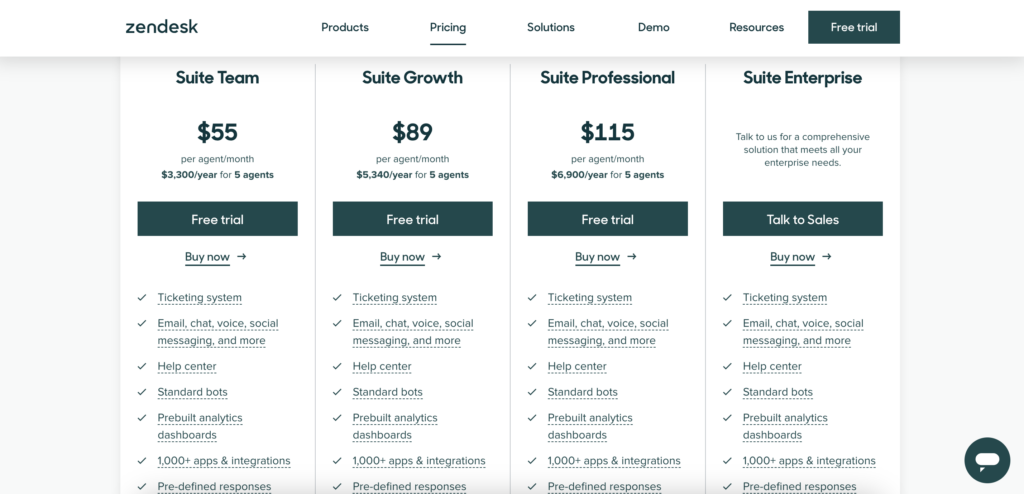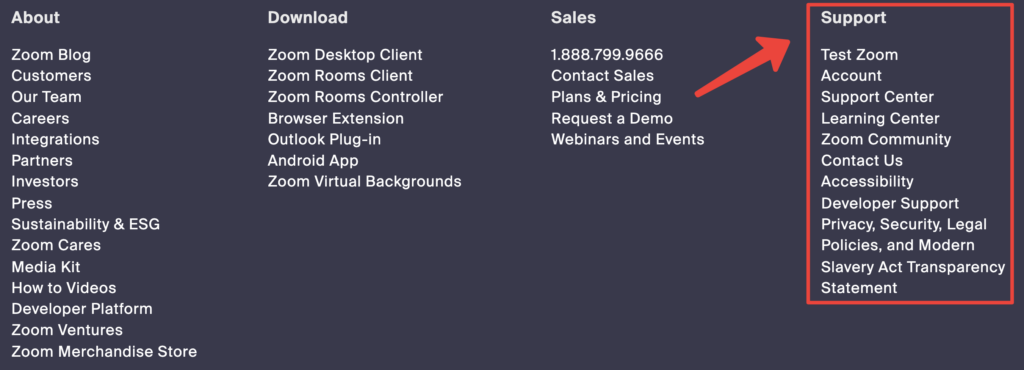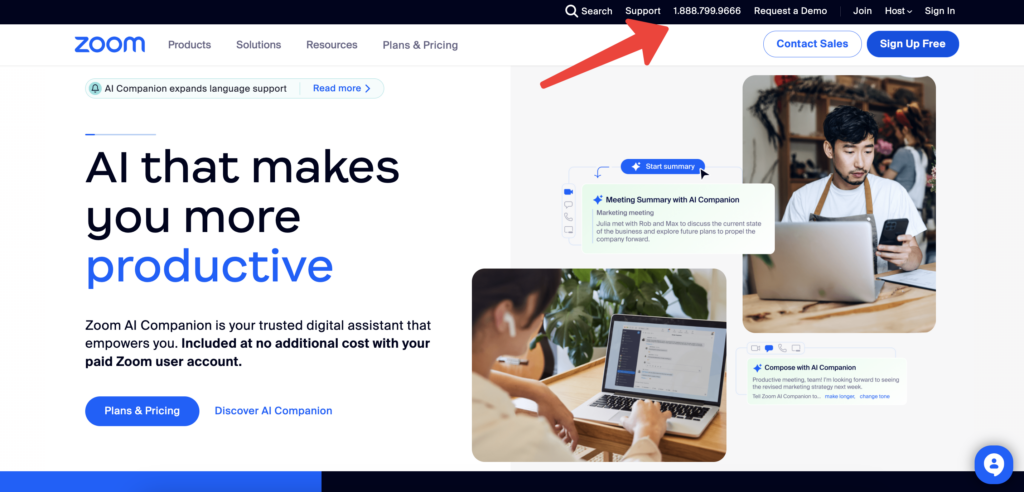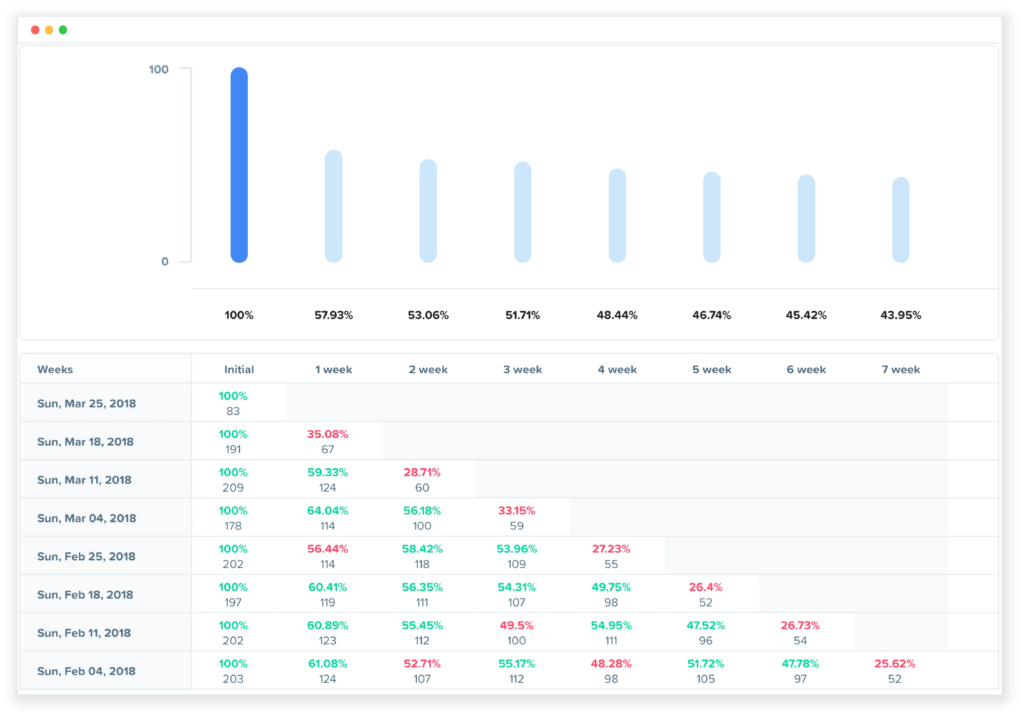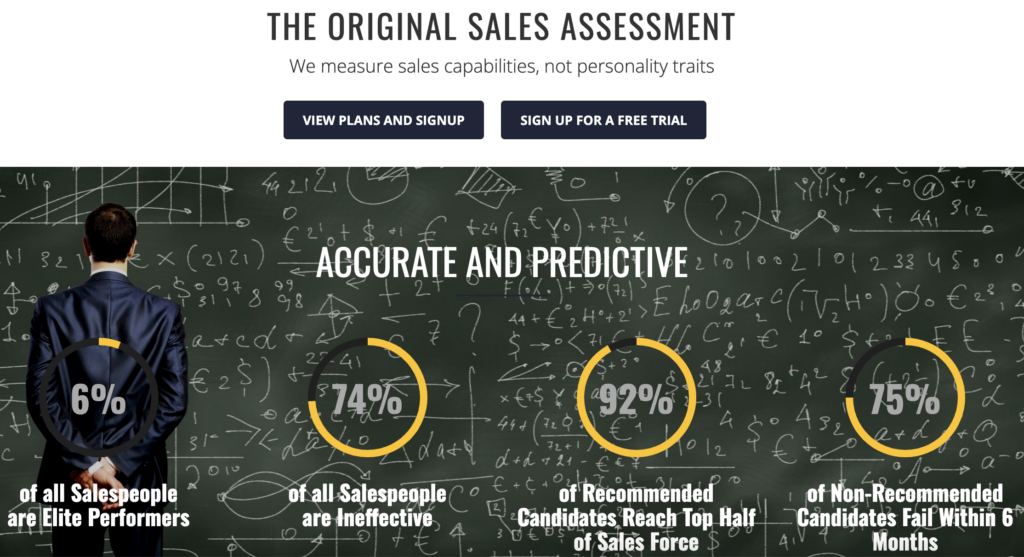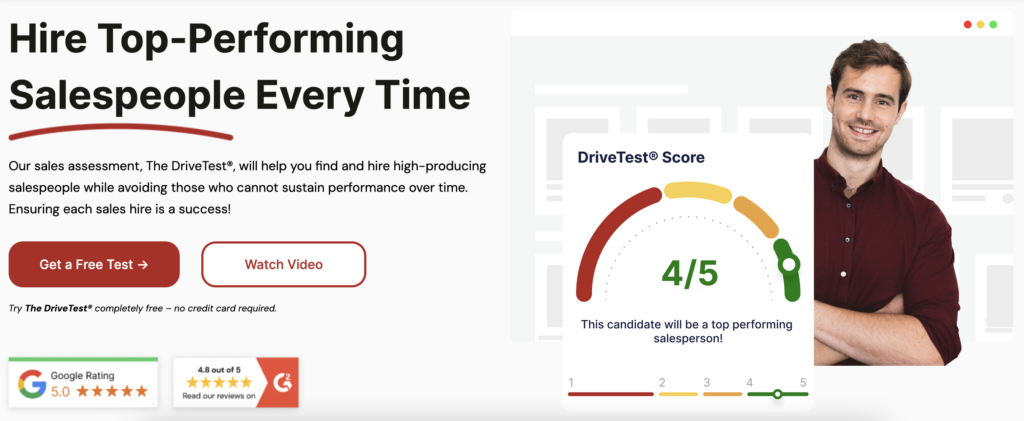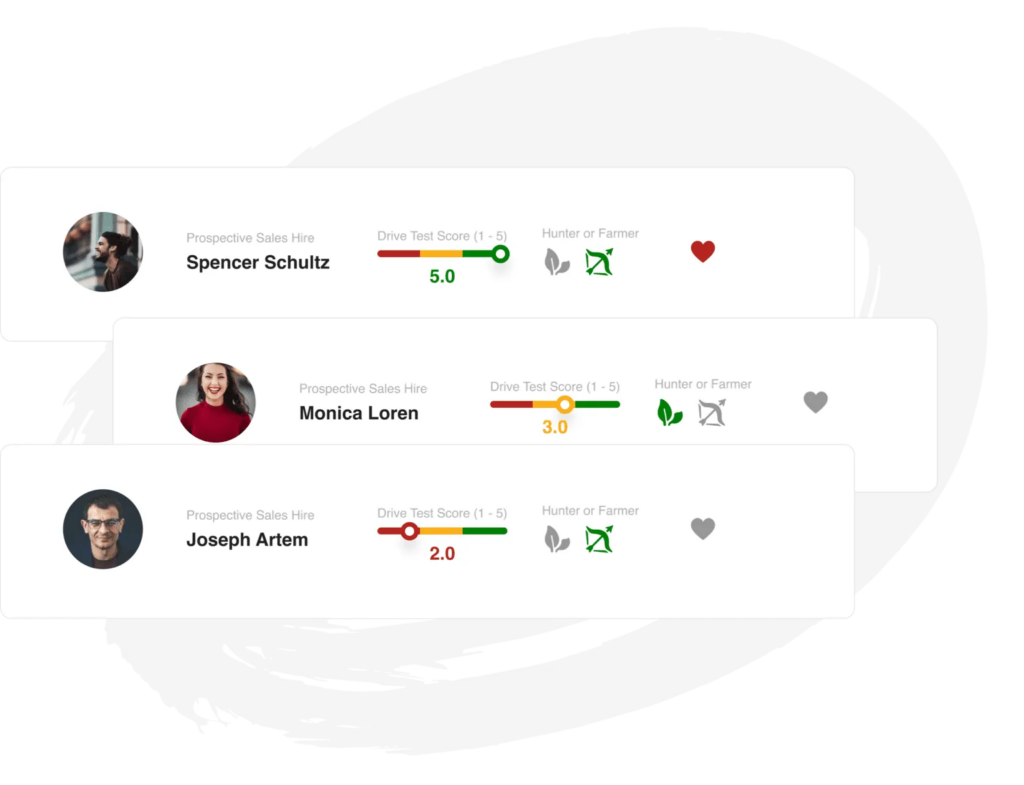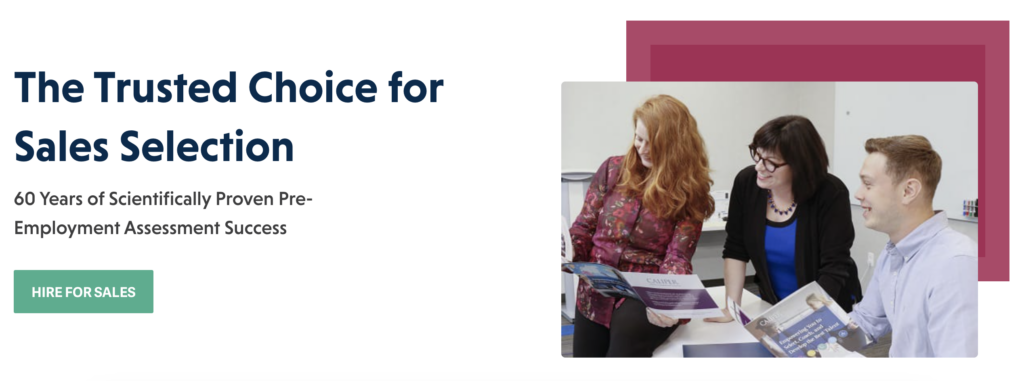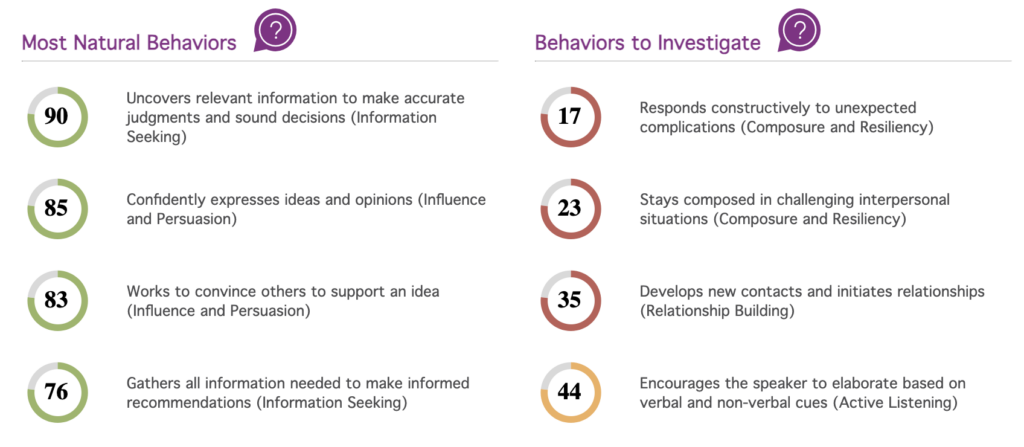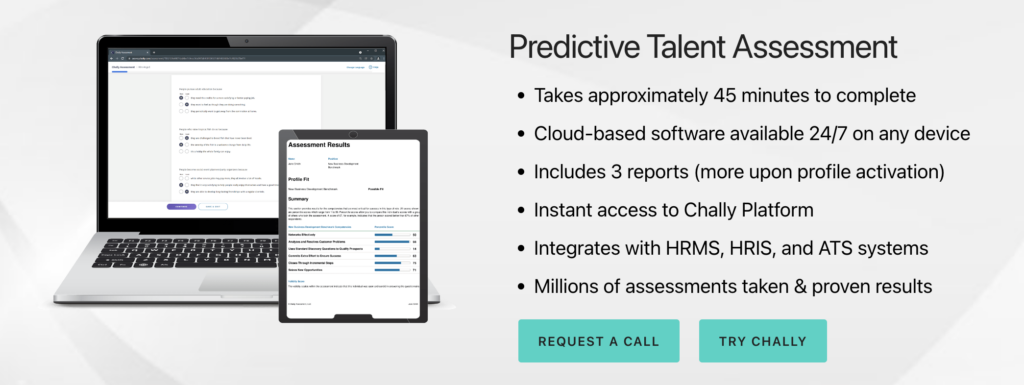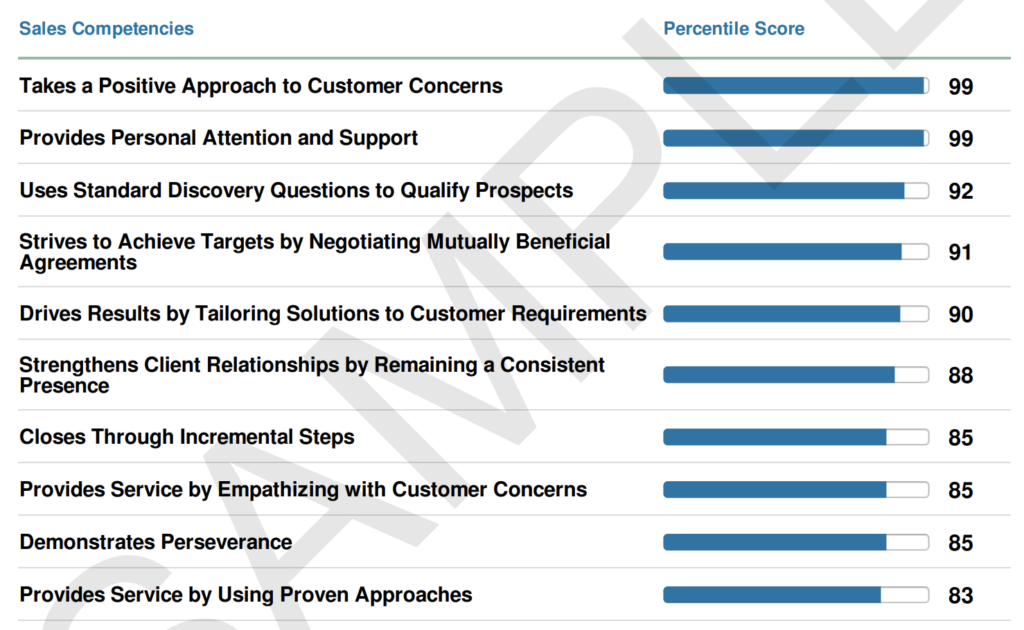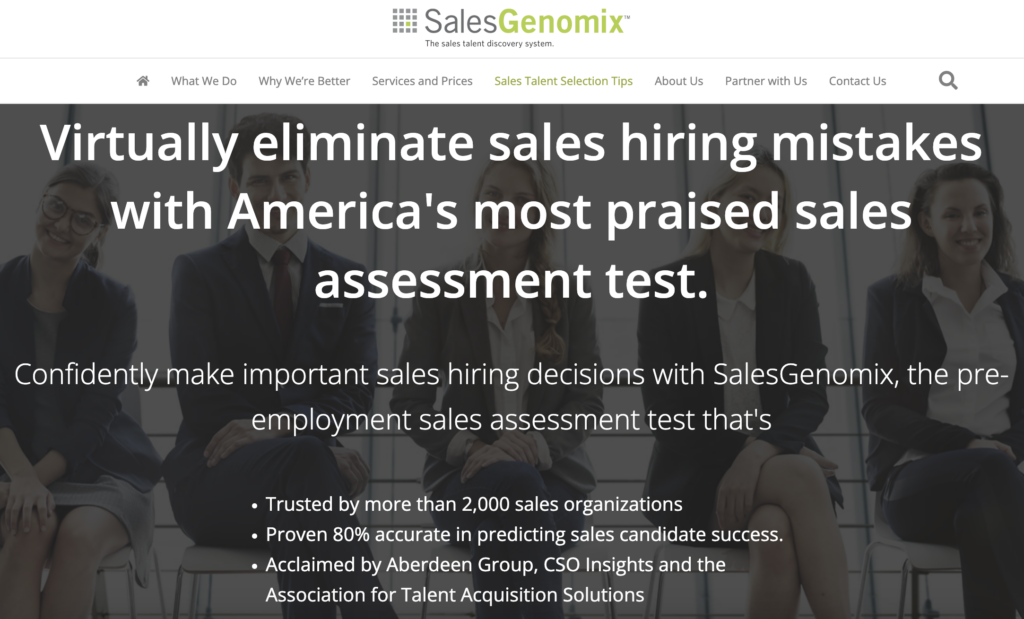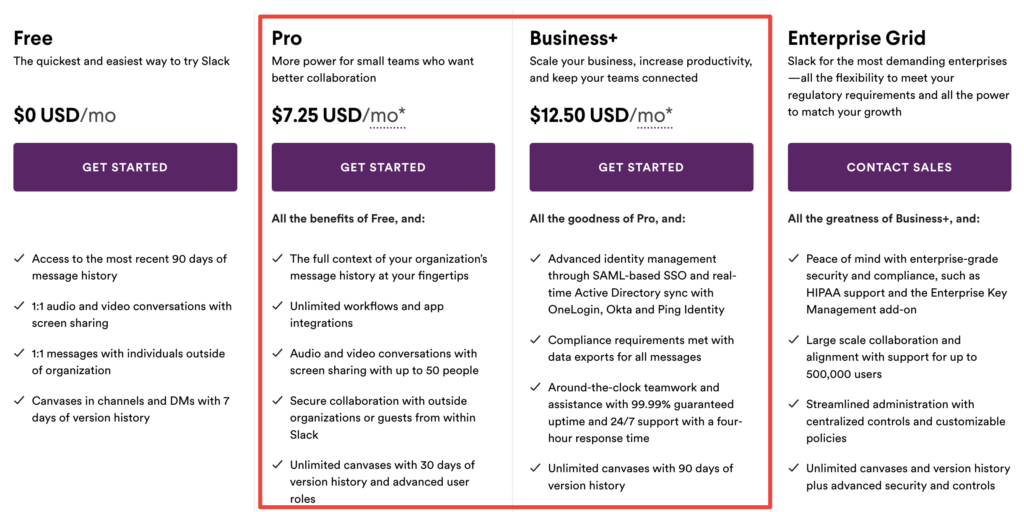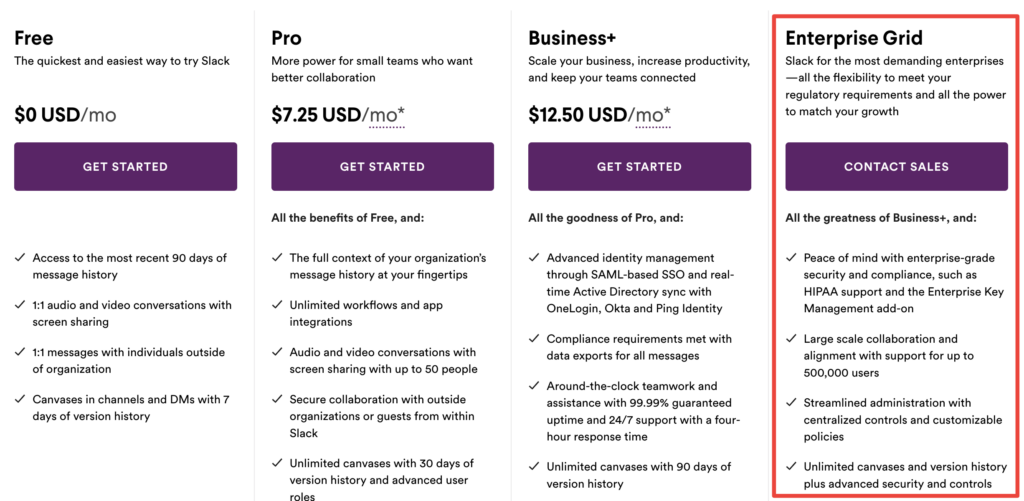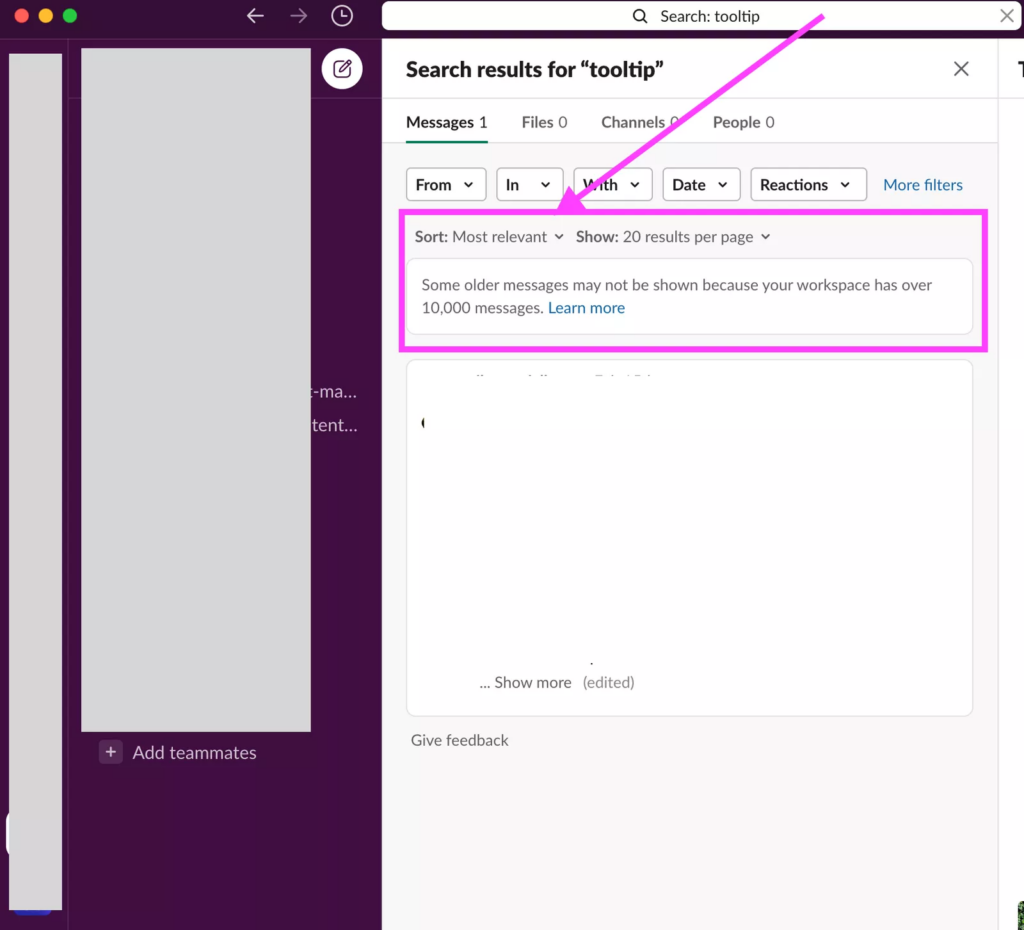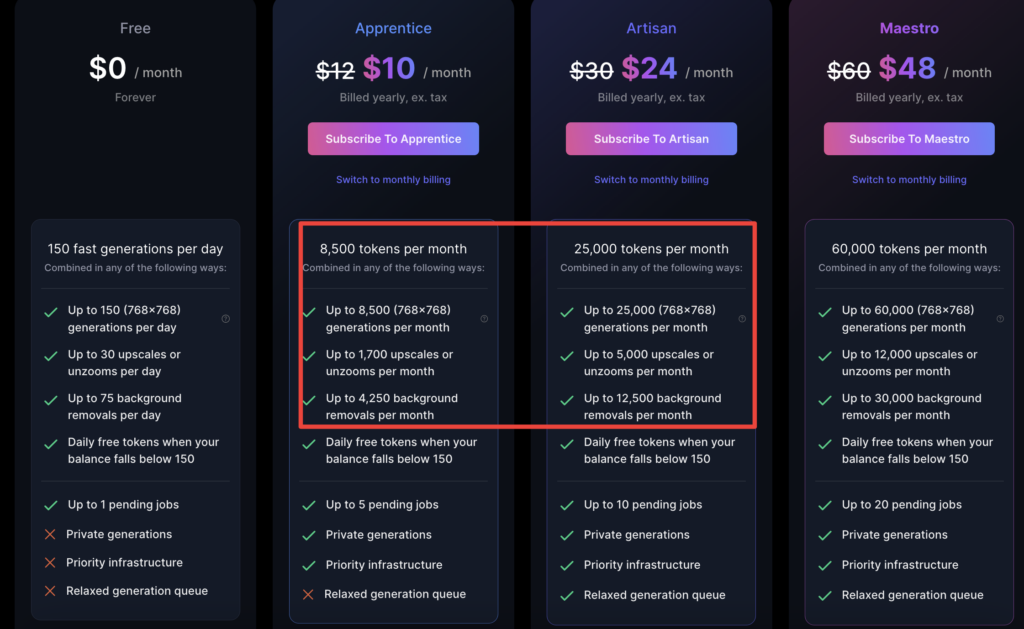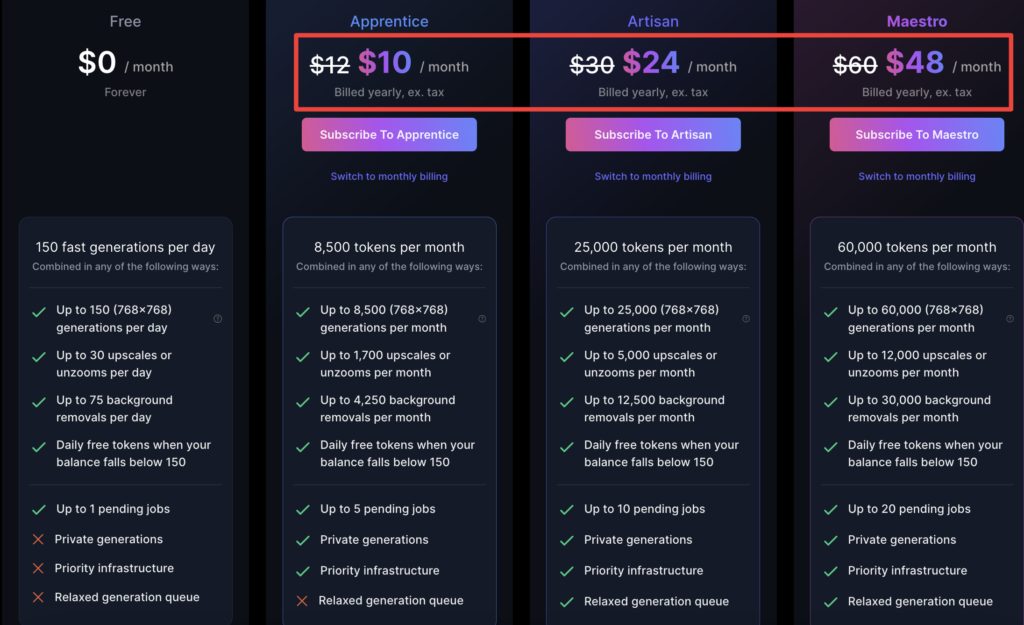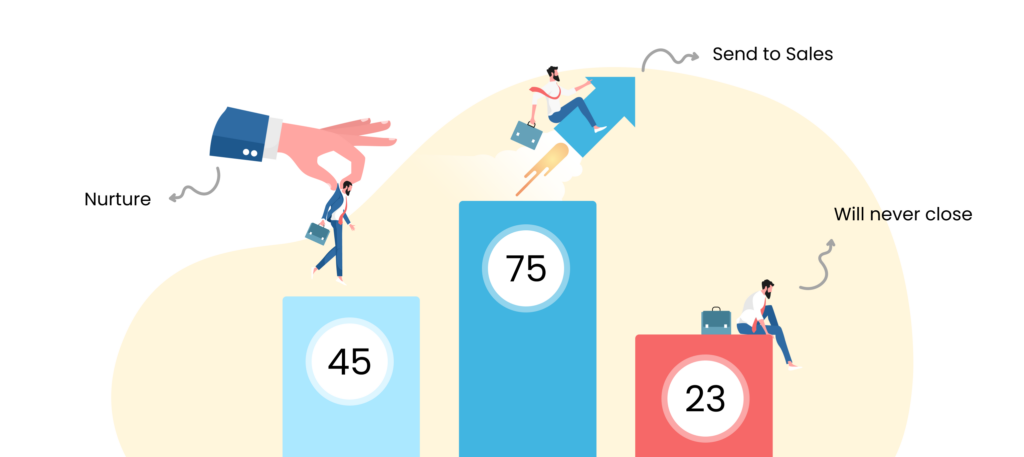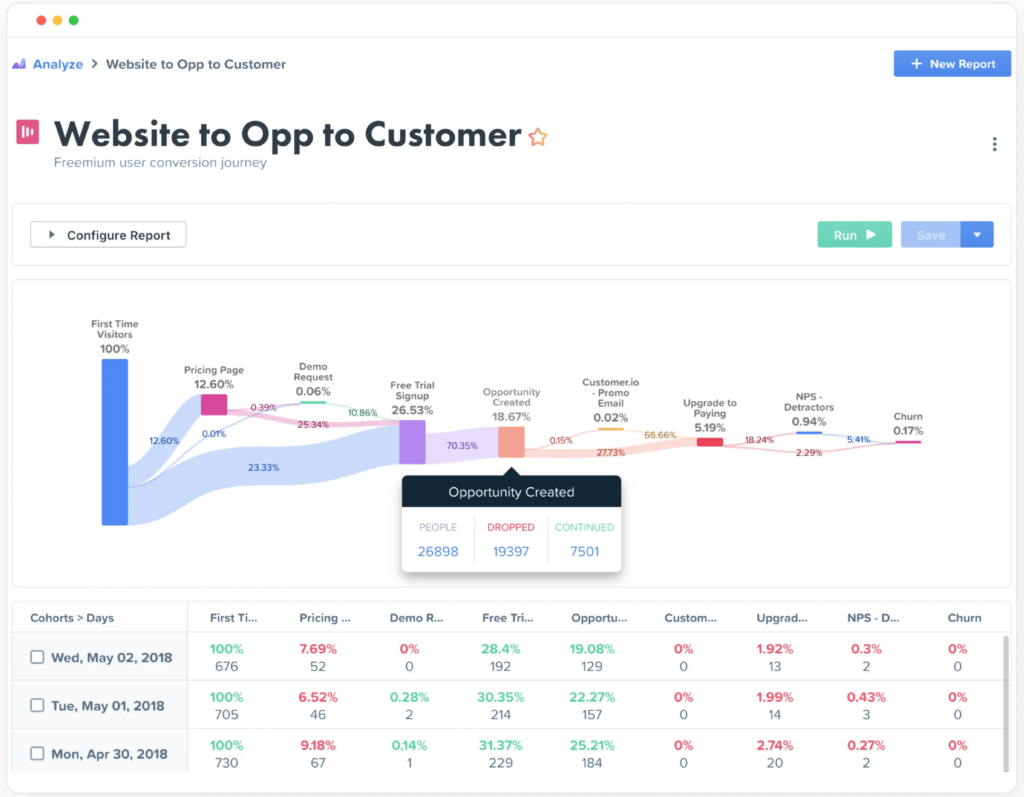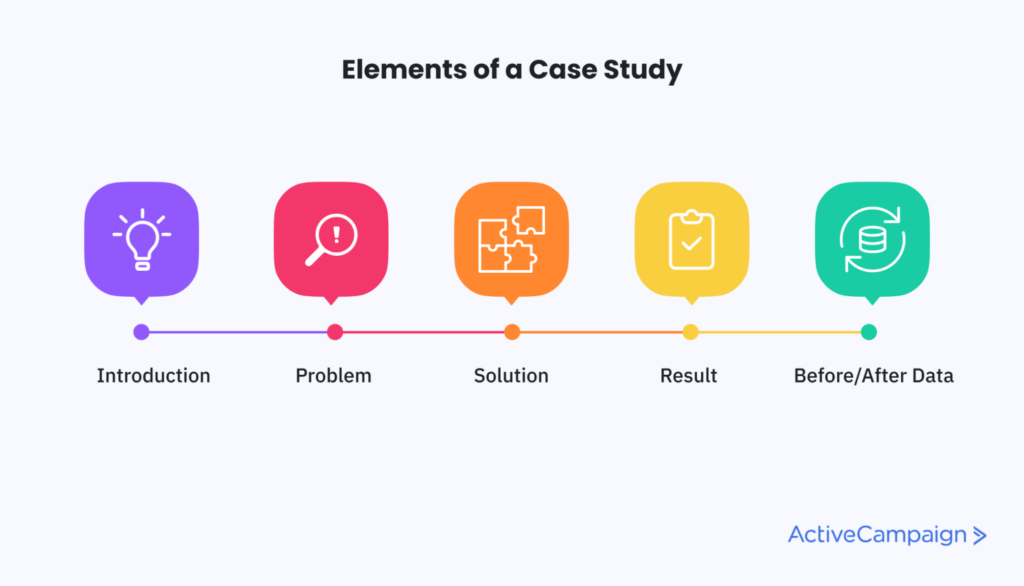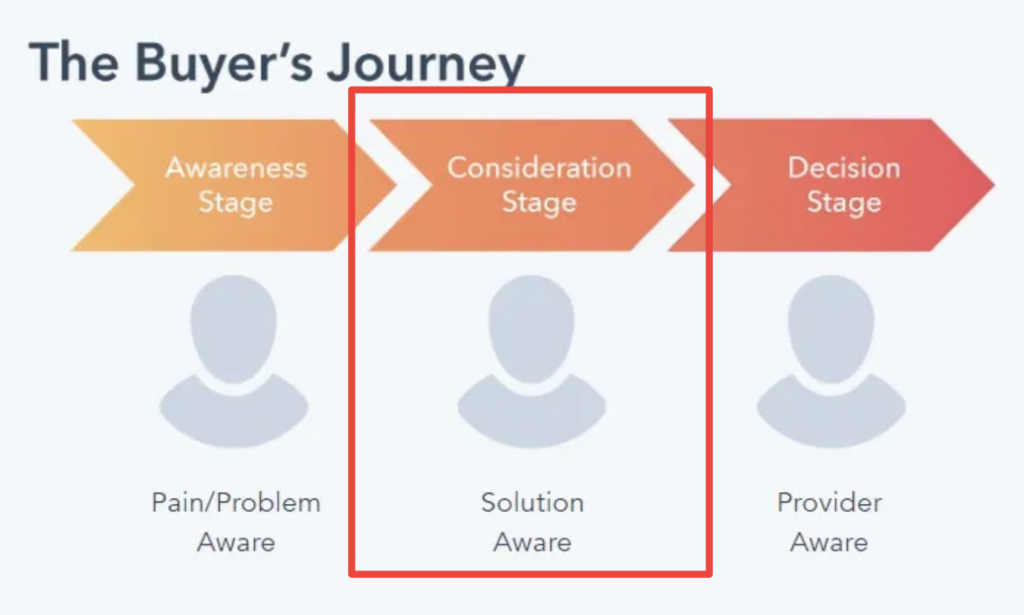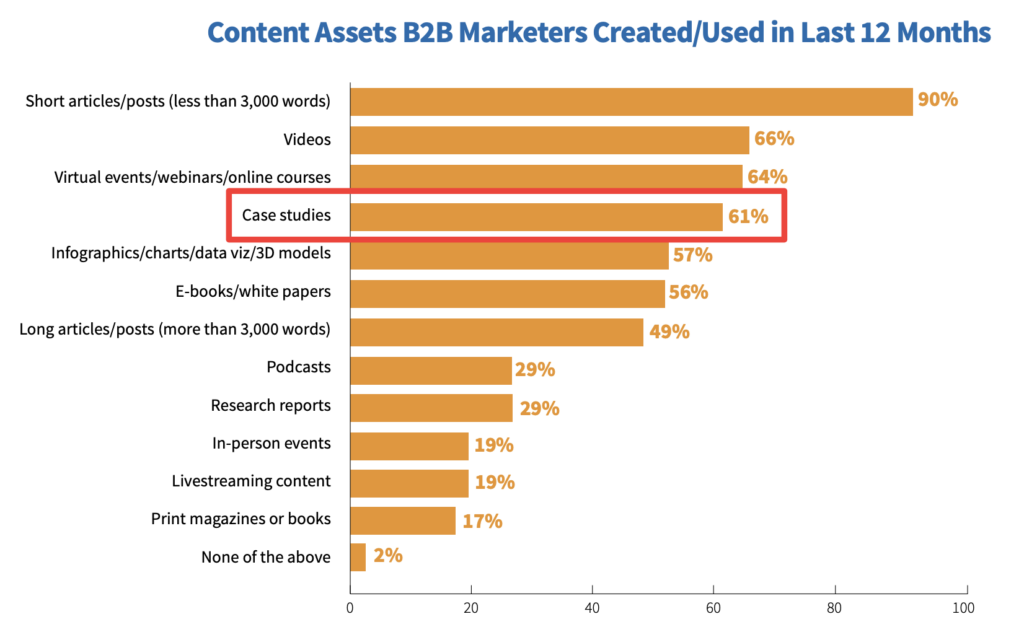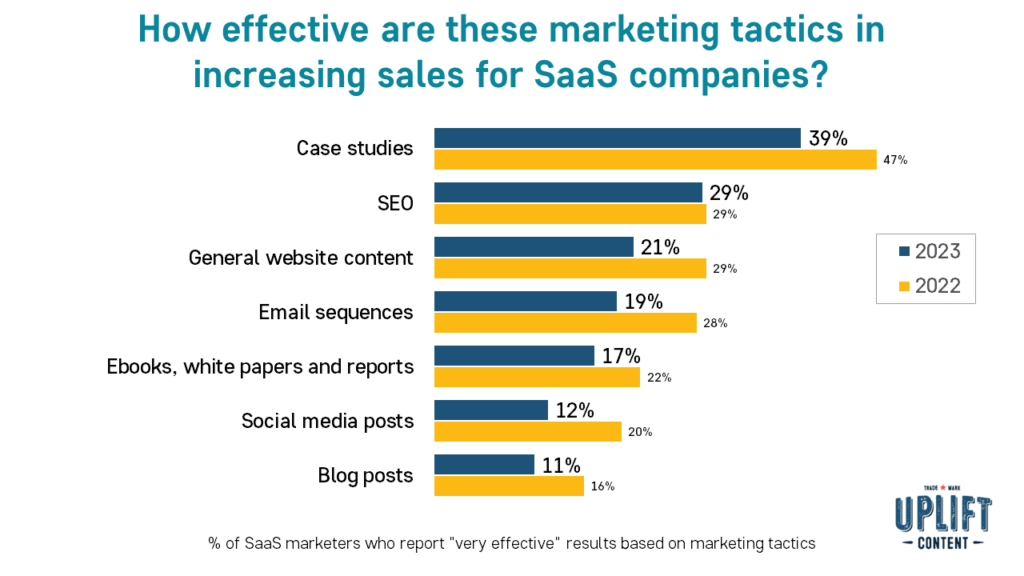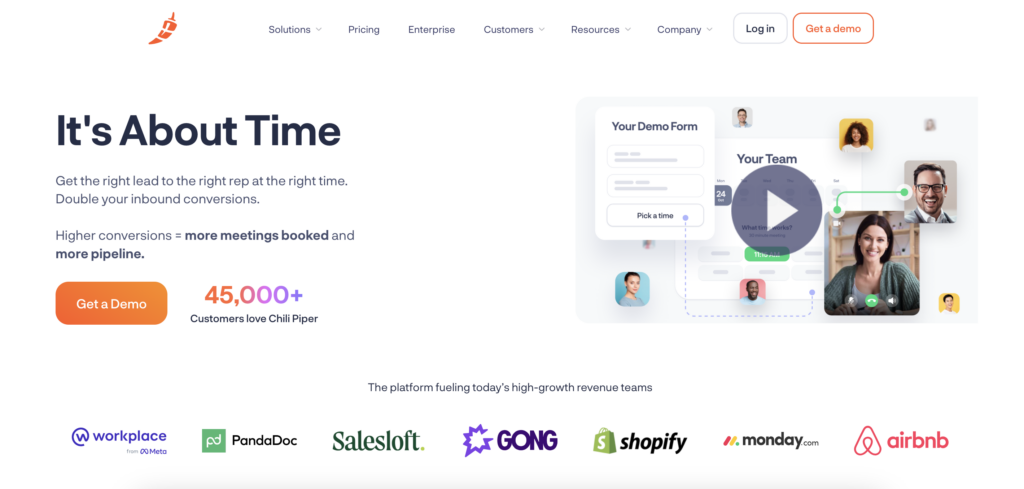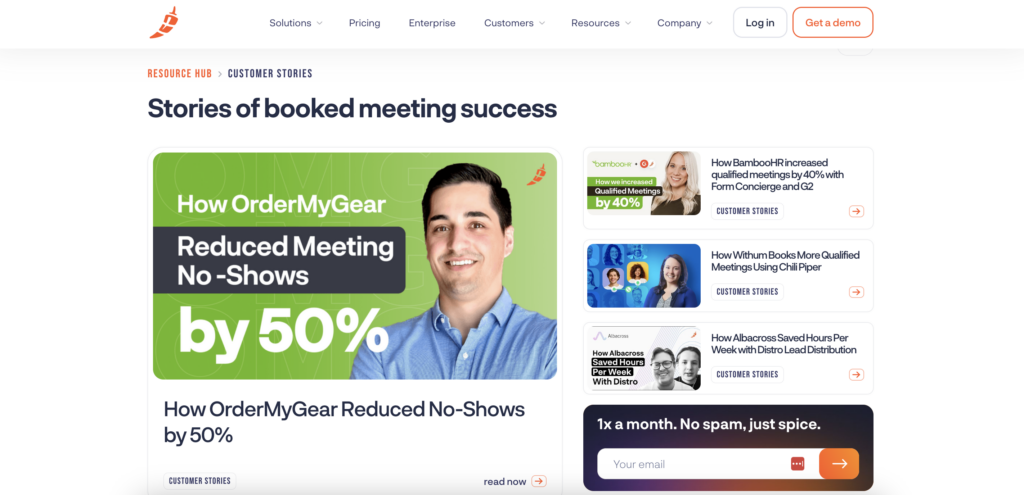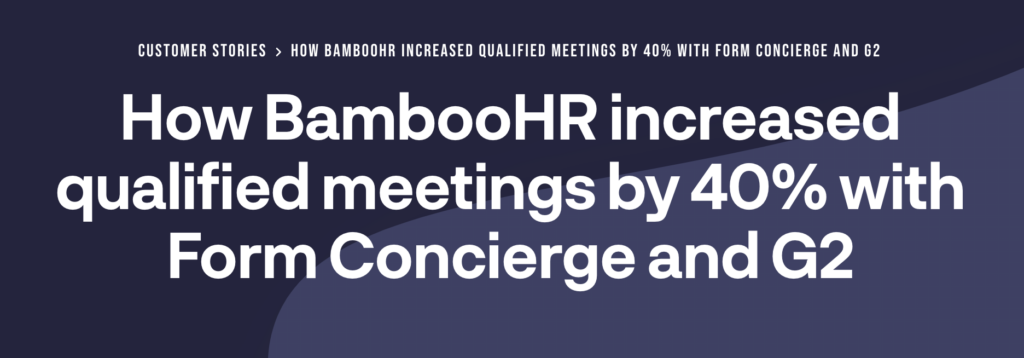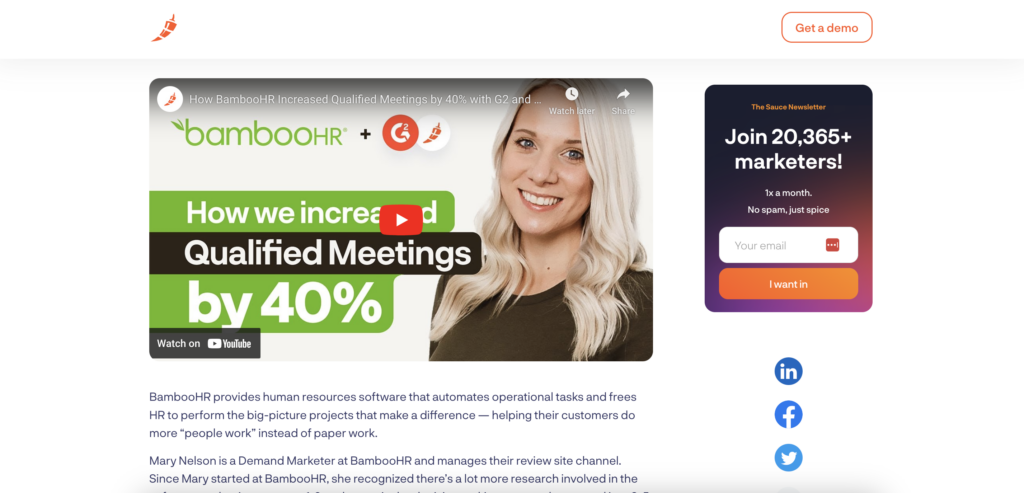To say that the SaaS industry is thriving would be a gross understatement. Ever since Salesforce started its CRM platform in 1999, the concept of using software as a service has really caught on and only continues to grow. To gain perspective on where we’re currently at and where we’re heading, here’s a list of must-know SaaS market statistics for 2024.
96% of Companies Currently Use at Least One SaaS Platform
In recent years, SaaS products have become ubiquitous and are used by organizations across most industries. But in 2024, we’re at a point where nearly every company uses SaaS, with a staggering 96% of business leaders saying they’ve purchased at least one platform.
While 100% adoption is impossible, we’re about as close as we can get.
78% of Companies Use More Than 4 SaaS Platforms
Further, the same research found that nearly 8 in 10 companies use more than four SaaS applications. This shows that the vast majority of businesses are all in on SaaS and not just using it for one area of operations, but several.
With SaaS spanning nearly all aspects of business, there’s almost nothing that can’t be improved and streamlined by integrating the right SaaS platform. Here are just a handful of the top SaaS products according to Google.
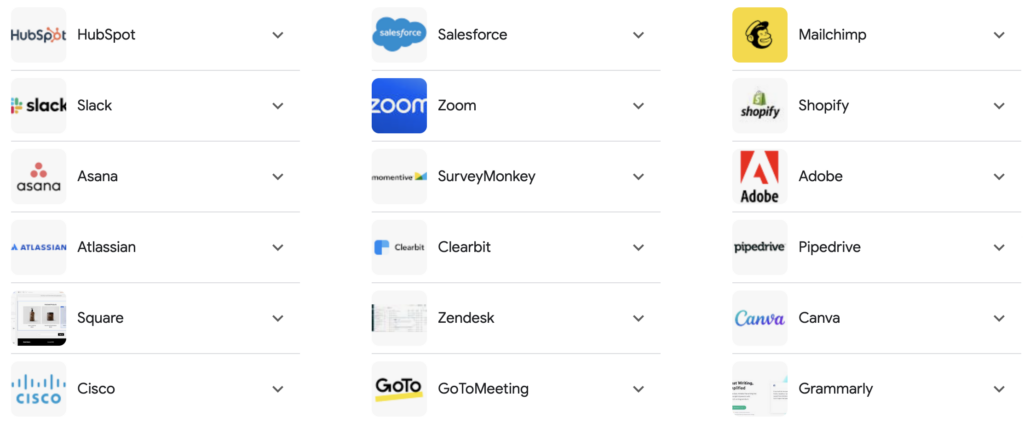
72% of Organizations Plan to Spend More on SaaS Products in 2024
The question is, are sales leaders happy with their decision to go so heavy on SaaS?
Given that 72% of businesses are planning to spend more on SaaS in 2024 and beyond, it’s safe to say yes. With SaaS software being so efficient and flexible, it’s easy to see why so many companies are fully committed to SaaS.
For example, look at all the pricing options CRM platform Pipedrive offers, along with a free 14-day trial.
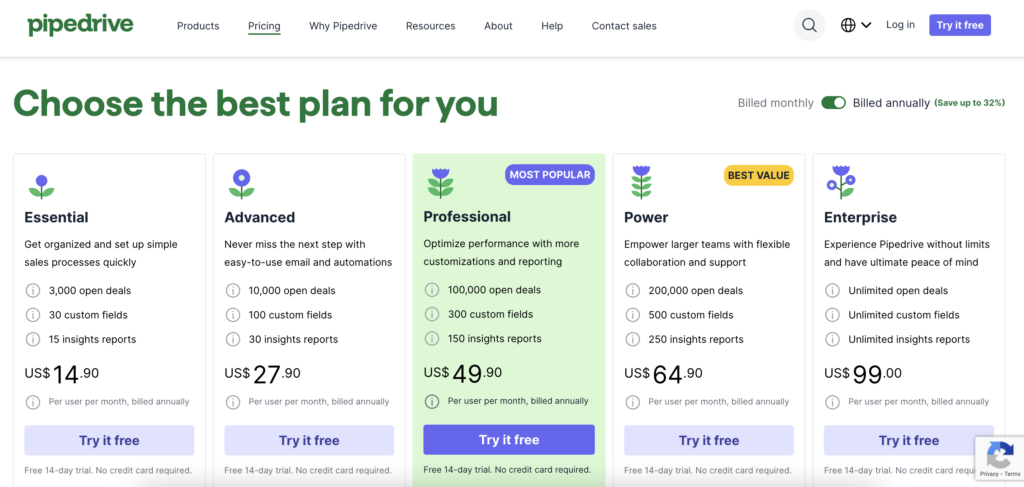
And with AI being more widely integrated, SaaS platforms are only going to become more sophisticated.
73% of Businesses Are Planning to Increase Their Spending By At Least 5%
Not only are most brands planning to spend more on SaaS, nearly three-quarters are planning to spend significantly more by at least 5%. This stat clearly shows that companies that use SaaS software are getting results.
The SaaS Market is Expected to Reach $282 Billion By the End of 2024
Now let’s talk revenue. There’s been steady growth over the past eight years, with SaaS revenue going from $62 billion in 2016 to $157 billion in 2020 to a projected $282 billion by the end of 2024.
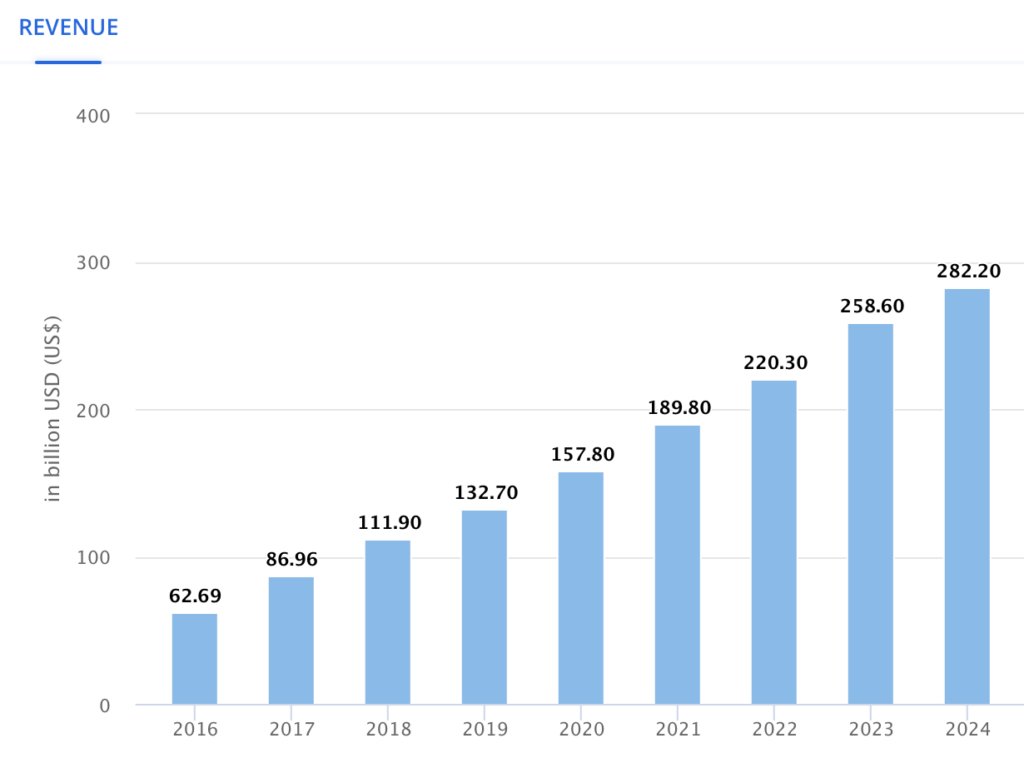
This is yet another clear indicator of how successful the SaaS industry has been and that it won’t be losing steam any time soon.
The SaaS Market is Predicted to Reach $374 Billion By 2028
Looking ahead to the future, experts predict the SaaS industry will grow to around $374 billion in just four years — an additional $92 billion.
With SaaS market statistics like this showing further sustained growth with no signs of slowing down, there’s arguably never been a better time for full integration of SaaS software. And that’s great news if you’re part of a SaaS company because demand is currently at an all-time high and only continuing to increase
73% of Businesses That Use SaaS Have Seen Up to a 40% Productivity Increase
When it comes to the impact that SaaS products have for adopters, it’s substantial.
Research has found that nearly three-quarters of businesses see a minimum of a 20% productivity increase, while others see an increase by as much as 40%. This is definitely a stat worth sharing with your sales team because the productivity boost is one of the biggest selling points of using a SaaS platform.
86% of Businesses Say SaaS Improves Collaboration
Besides productivity, SaaS has been proven to have a dramatic impact on collaboration, with a whopping 86% of businesses saying it’s helped in this department. And this shouldn’t come as a surprise with improving collaboration being the chief aim of many products (Slack is a prime example).
81% of Companies Say SaaS Helps Resolve Problems Quicker
The vast majority of SaaS users (81%) also report that it helps them resolve problems much more efficiently than they could without using this type of software platform. So that too is another key selling point when trying to win leads over.
68% of Brands Say SaaS Improves Customer Satisfaction
Additionally, there’s an undeniable correlation between using a SaaS product and improved customer satisfaction. To quantify, 68% of organizations that implement a SaaS solution experience noticeably better customer service.
86% of Companies That Use SaaS Products See Increased Employee Engagement
One final area worth mentioning is the employee engagement boost most SaaS adopters see. According to data, the overwhelming majority of companies (86%) experience higher employee engagement.
I think this quote by Steve Pruden, SVP of Human Resources at Appirio summarizes it perfectly.
“Workers are much more productive (and engaged) when they have modern, seamless, integrated tools to do their jobs. Automate routine tasks and let workers focus on more strategic work. Use technologies that eliminate silos and encourage cross-functional collaboration.”
That’s the essence of SaaS.
SaaS Market Statistics: The Bottom Line
Let’s recap. The SaaS industry has grown by leaps and bounds over the last quarter century and is positioned for continued sustained growth moving forward.
More companies than ever are using SaaS solutions, and the vast majority have experienced great success by doing so. This is no doubt encouraging for SaaS companies and sales leaders, as things are trending in the right direction, and there’s more opportunity than ever.
Looking to build a team of elite sales professionals? Use HireDNA’s cutting-edge technology to find the best of the best based on core selling competencies, role compatibility, sales experience, and more.


